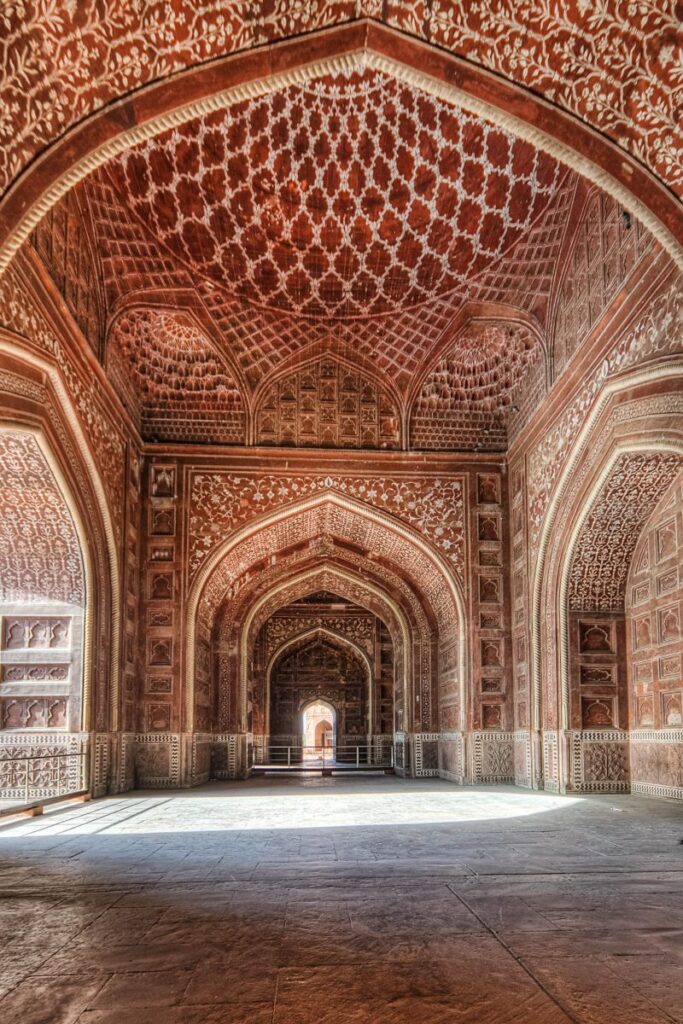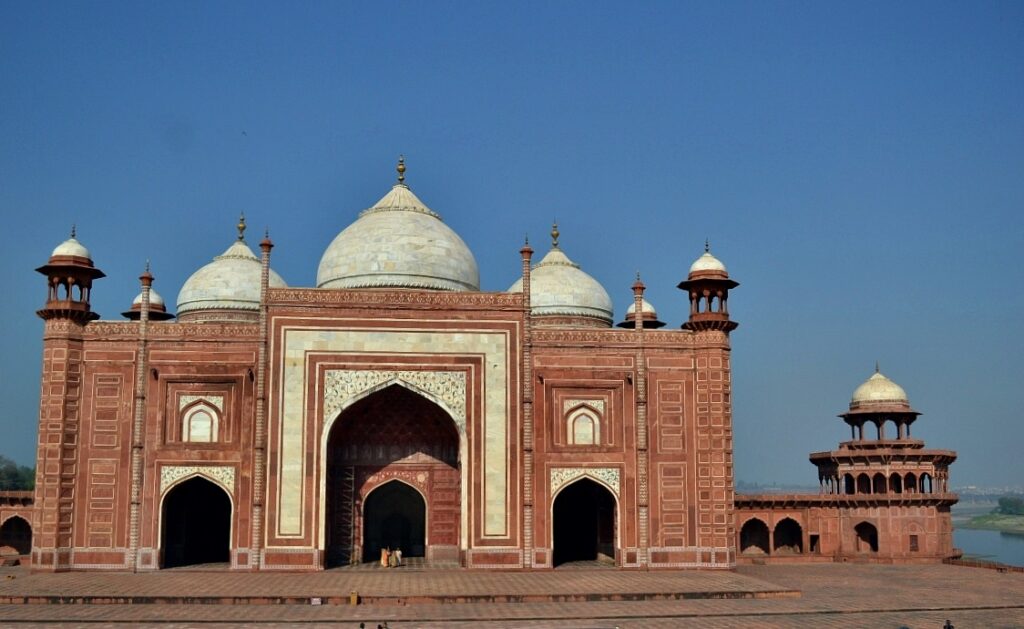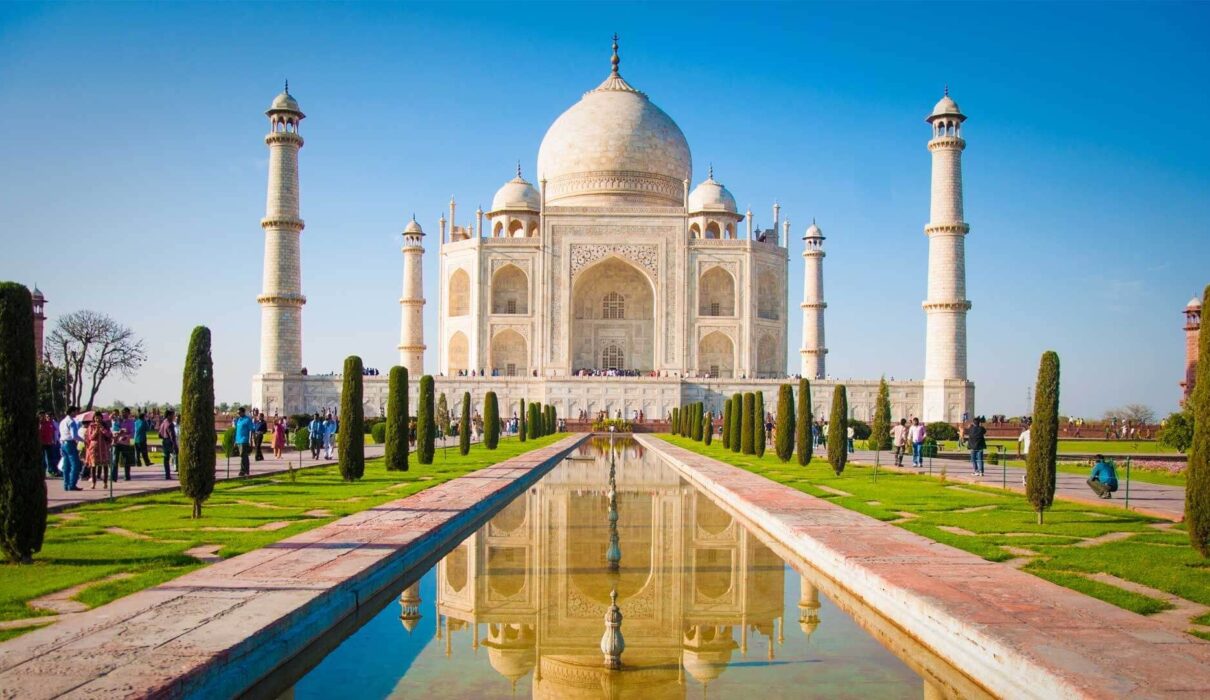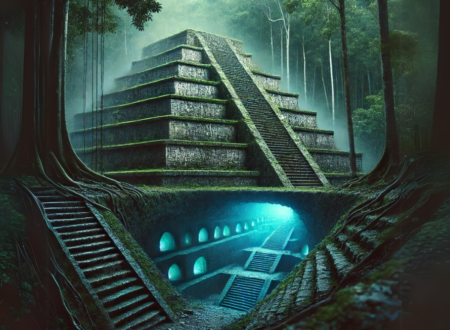The Magnificent Taj Mahal: A Symbol of Eternal Love
The Taj Mahal, an exquisite white marble mausoleum located in Agra, India, is not just an architectural masterpiece but also a symbol of love, beauty, and devotion. Built by the Mughal Emperor Shah Jahan in memory of his beloved wife Mumtaz Mahal, the Taj Mahal stands as a testament to their eternal love and the craftsmanship of the Mughal era.
Historical Background
Construction of the Taj Mahal began in 1632 and took over 20 years to Finished. It was commissioned by Shah Jahan as a tribute to his wife Mumtaz Mahal, who passed away during childbirth in 1631. The emperor’s deep affection for his wife led him to create a monument that would reflect the grandeur of their love.
Architectural Marvel
The Taj Mahal’s architectural style is a fusion of Persian, Islamic, and Indian influences, showcasing the architectural diversity of the Mughal Empire. The main structure is made of white marble, which was brought from various parts of India and Central Asia. The intricate carvings, delicate inlays, and geometric patterns demonstrate the skill and dedication of the craftsmen of that time.
The mausoleum is set within a beautifully landscaped garden with reflecting pools that enhance its visual appeal. The central dome is one of the most striking features of the Taj Mahal, rising to a height of 73 meters (240 feet) and adorned with a finial on top. The symmetry of the monument is evident in its layout, reflecting perfectly in the tranquil waters of the surrounding pools.


Symbolism and Significance
The Taj Mahal symbolizes more than just architectural excellence; it represents an enduring love story and the emotions that transcend time. Shah Jahan’s dedication to preserving the memory of his wife through this grand structure is a testament to the power of love and its ability to inspire human achievements.
The monument has also been recognized as a UNESCO World Heritage Site, acknowledging its cultural and historical significance. Millions of visitors from around the world come to witness the beauty of the Taj Mahal every year, making it one of the most visited tourist attractions in India.
Preservation and Restoration
Over the centuries, the Taj Mahal has faced environmental challenges, pollution, and the natural aging process that have affected its pristine white appearance. To protect this iconic monument, various conservation efforts have been undertaken by both the Indian government and international organizations. Measures such as limiting vehicular traffic around the site and controlling air pollution have been implemented to ensure the longevity of this historical treasure.
Cultural and Artistic Influences
The construction of the Taj Mahal was not just an architectural endeavor; it also reflected the cultural and artistic influences of the Mughal Empire. The Mughals were known for their patronage of the arts, and the Taj Mahal is a prime example of their commitment to aesthetic excellence. The intricate calligraphy and floral motifs that adorn the walls and entrances of the mausoleum are a fusion of Persian and Indian artistic styles, showcasing the empire’s cultural diversity.
Intricate Inlay Work
One of the most remarkable features of the Taj Mahal is its intricate inlay work, known as “pietra dura.” This technique involves embedding semi-precious stones such as lapis lazuli, turquoise, coral, and onyx into the marble to create intricate floral and geometric designs. The delicate craftsmanship of the inlay work adds a mesmerizing dimension to the monument’s appearance, especially when light interacts with the precious stones.
Gardens and Layout
The Taj Mahal is not just a single structure, it is part of a meticulously planned complex that includes gardens and other surrounding structures. The Charbagh garden, divided into four quadrants, is a hallmark of Mughal garden design. The gardens are laid out symmetrically, with axial paths leading to the main mausoleum. The pathways are lined with fountains, reflecting pools, and meticulously manicured lawns, creating a serene and harmonious ambiance.
Legends and Myths
The Taj Mahal’s allure has given rise to numerous legends and myths over the centuries. One popular myth suggests that Shah Jahan had plans to build an identical black marble mausoleum for himself on the opposite bank of the Yamuna River, connected to the Taj Mahal by a silver bridge. However, this plan never came to fruition due to his imprisonment by his son Aurangzeb.
Inspiration for Art and Literature
The timeless beauty of the Taj Mahal has inspired artists, poets, writers, and musicians for generations. It has been the subject of countless paintings, photographs, poems, and songs, each attempting to capture its ethereal essence. Rabindranath Tagore, the Nobel laureate poet from India, described the Taj Mahal as “a teardrop on the cheek of time.”
Tourism and Economic Impact
The Taj Mahal’s international recognition as a symbol of India has contributed significantly to the country’s tourism industry. Millions of tourists visit the monument annually, generating revenue for the local economy and creating job opportunities for those involved in the tourism sector. The monument’s popularity has also led to challenges related to managing the flow of visitors, balancing preservation efforts with accessibility.
Conclusion
The Taj Mahal’s status as a global icon and a UNESCO World Heritage Site is a testament to its enduring impact on human culture and history. It continues to inspire awe and admiration for its architectural grandeur, artistic intricacy, and the poignant love story it embodies. As visitors from around the world marvel at its beauty, the Taj Mahal remains a timeless tribute to love, creativity, and the power of human endeavor.







